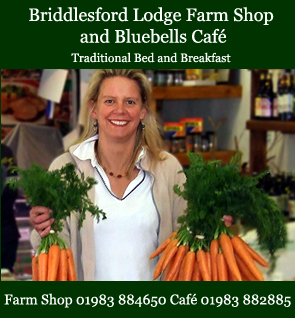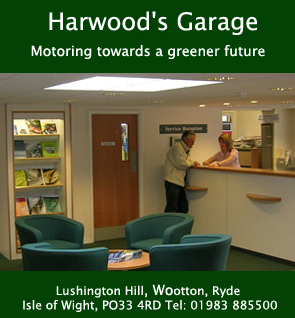History
Domesday Book
A Survey of the Counties of England Liber de Wintonia Compiled by direction of King William I, Winchester 1086.
In 1066 Duke William of Normandy conquered England. He was crowned King, and most of the lands of the English nobility were soon granted to his followers. The Domesday Book was compiled 20 years later. The Saxon Chronicle records that in 1085, at Gloucester at midwinter.. the King had deep speech with his counsellors.. and sent men all over England to each shire to find out what or how much each landholder held, in land and livestock, and what it was worth. The returns were brought to him.1
William was through. One of his counsellors reports that he also sent a second set of Commissioners ‘ to shires they did not know, where they themselves unknown to check their predecessors’ survey, and report culprits to the King.2
The information was collected at Winchester, corrected, abridged, chiefly by omission of livestock and the 1066 population, and fair-copied by one writer into a single volume. Norfolk, Suffolk and Essex were copied by several writers, into a second volume, unabridged, which states that ‘the Survey was made in 1086.’ The surveys of Durham and Northumberland, and of several towns including London, were not transcribed, and most of Cumberland and Westmoreland, not yet in England, was not surveyed. The whole undertaking was completed at speed, in less than 12 months, though the fair-copying of the main volume may have taken a little longer. Both volumes are now preserved at the Public Record Office, [Kew]. Some versions of regional returns also survive. One of them, from Ely Abbey 3copies out the Commissioners brief. They were to ask:
The name of the place. Who held it both before 1066, and now?
How many hides?4 How many ploughs, both those in lordship and the men’s?
How many villagers, cottagers and slaves, how many free men and Freemen?5
How much woodland, meadow and pasture? How many mills and fishponds?
How much had been added or taken away? What the total value was and is?
How much each free man or Freeman had or has? All threefold, before 1066.
When King William gave it, and now, and if more can be had than at present?
The Ely volume also describes the procedure. The Commissioners took evidence on oath ‘from the Sheriff; from all the barons and their Frenchmen; and from the whole Hundred, the priests, the reeves and six villagers from each village’. It also names four Frenchmen and four Englishmen from each Hundred, who were sworn to verify the detail.
The King wanted to know what he had, and who held it. The Commissioners therefore listed lands in dispute, for the Domesday Book was not only a tax-assessment. To the King’s grandson, Bishop Henry of Winchester, its purpose was that every man should know his right and not usurp another’s; and because it was the final authoritative register of rightful possession ‘the natives called it Domesday Book, by analogy from the day of Judgement’; that is why it was carefully arranged by Counties, and the landholders within Counties, ‘numbered consecutively. for easy reference’.6
Domesday Book describes Old English society under new management, in minute statistical detail. Foreign lords had taken over but little else had yet changed. The chief landholders and those who held from them are named, and the rest of the population was counted. Most of them lived in villages, whose houses might have clustered together, or dispersed among the field. Villages were grouped in administrative districts called Hundreds, which formed regions within Shires, or Counties, which survive today with minor boundary changes; the recent deformation of some ancient counties' identities is here disregarded, as are various short-lived modern changes. The local assemblies, 'though overshadowed by lords great and small, gave men a voice, which the Commissioners heeded. Very many holdings were described by the Norman term manerium (manor), greatly varied in size and structure, from tiny farmsteads to vast holdings; and many lords exercised their own jurisdiction and other rights, termed soca, whose meaning still eludes exact definition.
The survey was unmatched in Europe for many centuries, the product of a sophisticated and experienced English administration, fully exploited by the Conqueror’s commanding energy. But its unique assemblage of facts and figures has been hard to study because the text has not been easily available and abounds in technicalities. Investigation has therefore been chiefly confined to specialists; many questions cannot be tackled adequately without a cheap text and uniform translation available to a wider range of students, including local historians.
Source:
1. Before he left England for the last time, late in 1086.
2. Robert Losinga, Bishop of Hereford 1079-1095 (see E.H.R. 22, 1907, 74)
3. Inquisitio Elienis, first paragraph.
4. A land unit, reckoned as 120 acres.
5. Quot Sochemani
6. Dialogus de Scaccario 1,16
Domesday Book 4 Hampshire, Philimore, Chichester, 1982









 Help To Support Us
Help To Support Us





 Our Facebook page
Our Facebook page Get the latest Tweets
Get the latest Tweets You Tube
You Tube RSS Feed
RSS Feed
